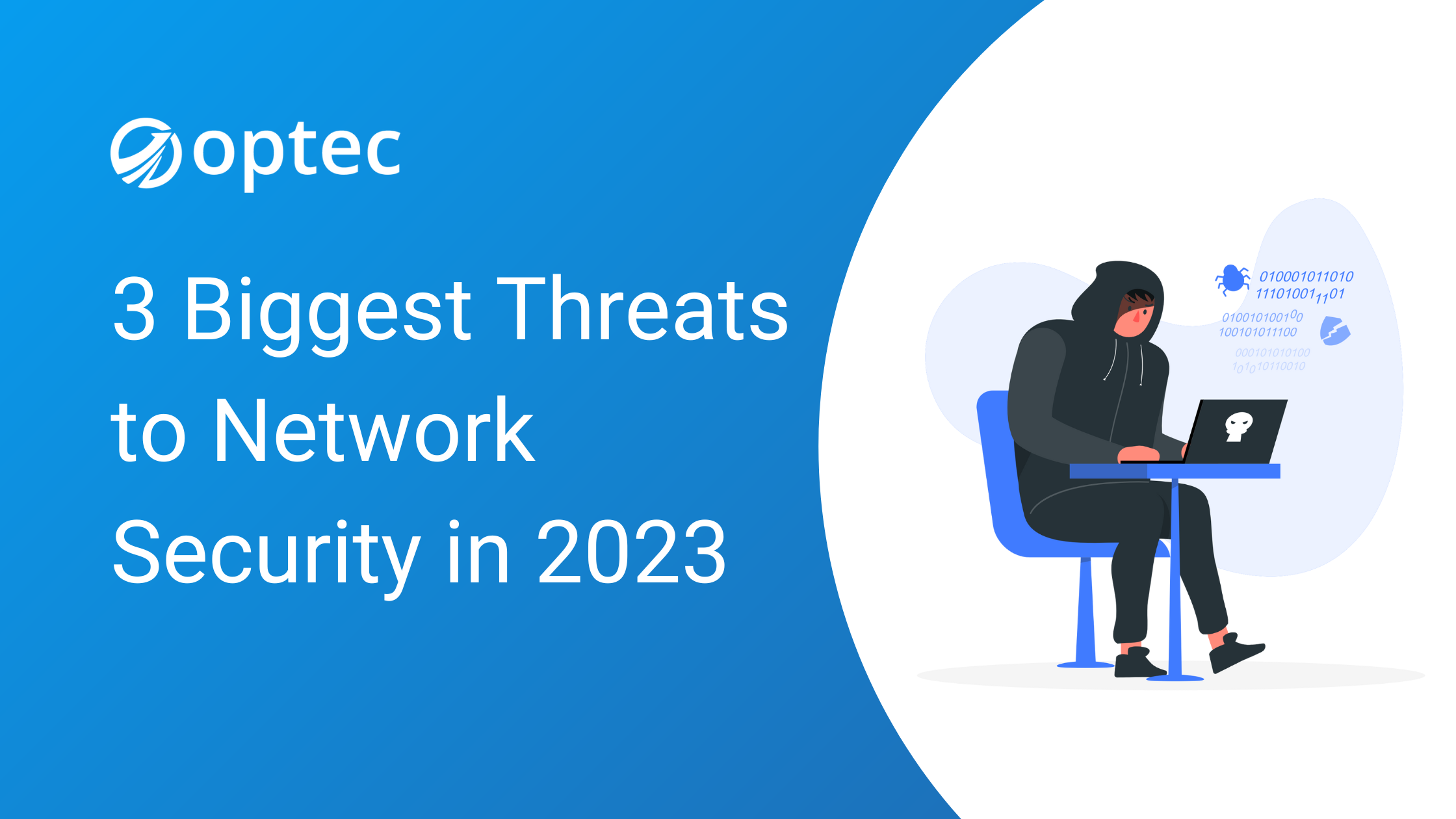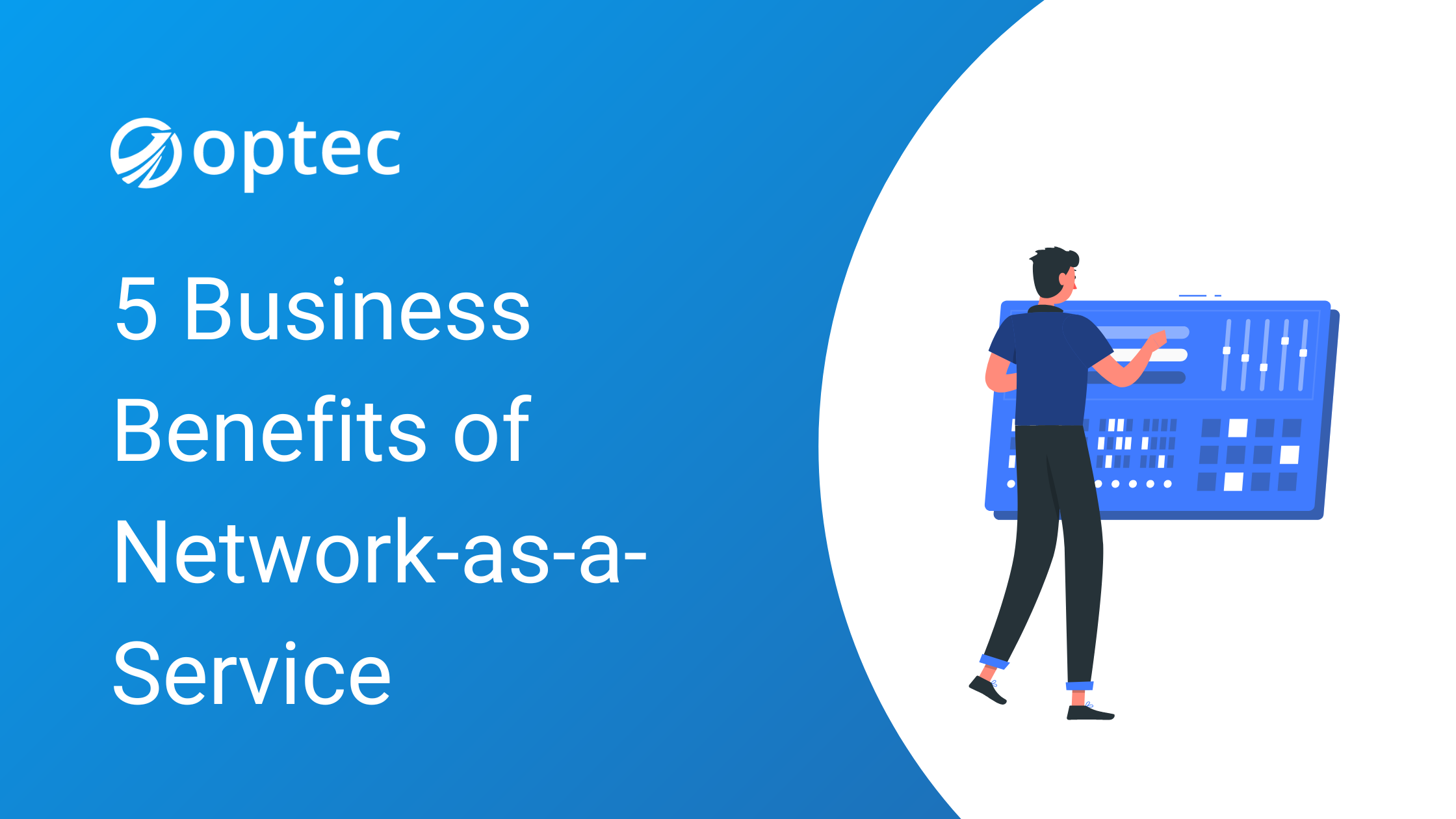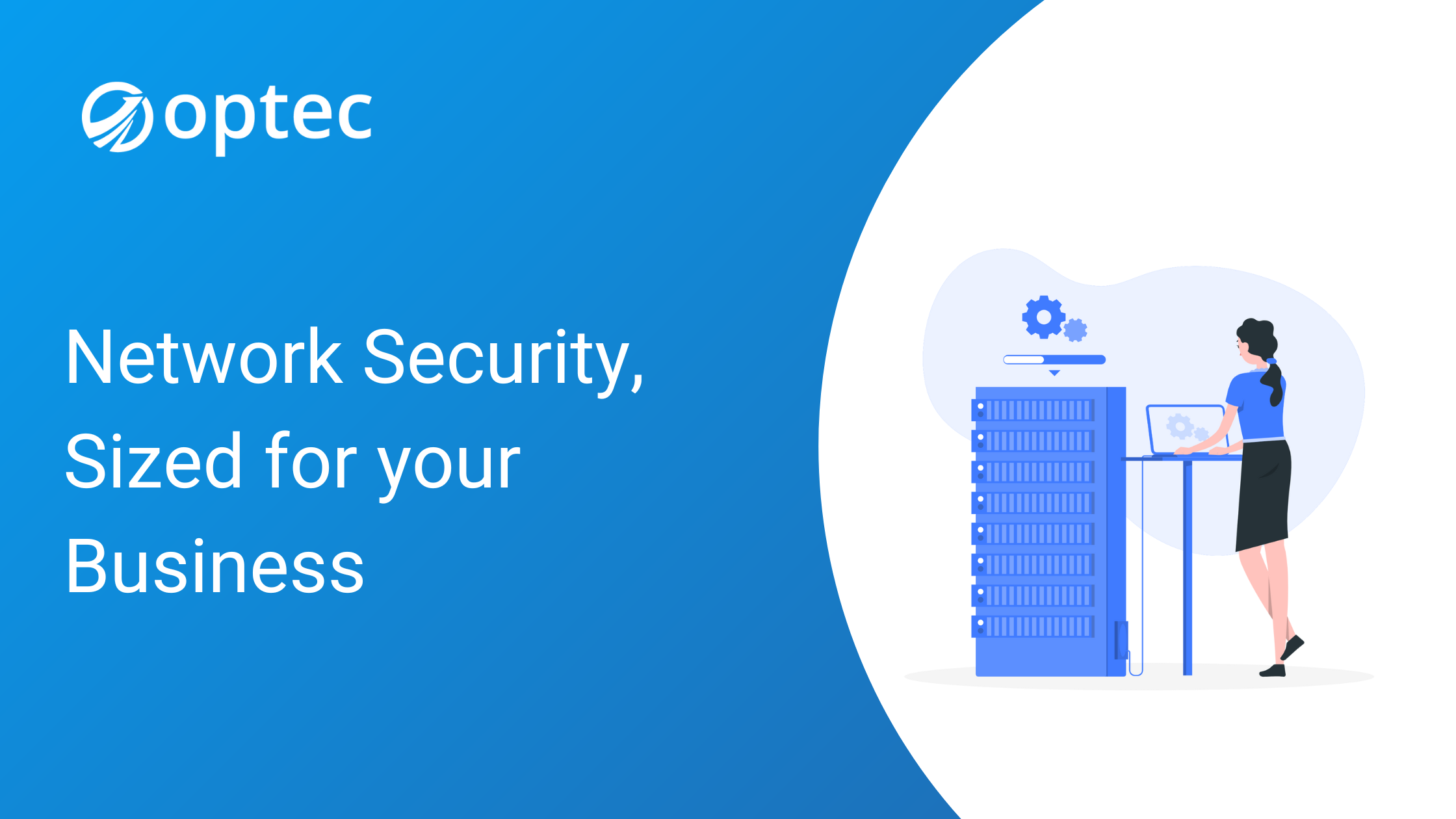The Showdown: Next-Generation Firewalls vs. Traditional Firewalls
Firewalls have come a long way since they were first introduced in 1988, yet today, firewalls are still not created equal. Firewalls have become a key element in any organisation’s network security, especially in an ever-evolving threat landscape and work-from-everywhere environment. It’s never been more important to ensure your team is using a firewall that will keep you secure. To this end, next-generation firewalls (NGFWs) are the only type of firewall that will protect your business from emerging and damaging cyberthreats.
In this post, we stack traditional firewalls up against NGFWs and highlight just a few of the benefits they’ll bring to your business.
What are next-generation firewalls?
First, the basics. NGFWs are part of the third and current generation of firewalls and offer more layers of security than traditional solutions, as well as advanced features for full protection of your entire infrastructure and operations. These features often include deep packet inspection, intrusion prevention, advanced malware detection, application control, and overall increased network visibility through the inspection of encrypted traffic. Additionally, NGFWs can be employed exactly where and how you need it, be it a public environment or private cloud.
What makes NGFWs different from traditional firewalls?
On to the showdown. First, we look at how a traditional firewall works. It will monitor traffic moving into—but only sometimes out of—your network. A traditional firewall will examine network addresses, ports, and packets to determine if data should be allowed through the wall. The challenge is, application traffic continues to skyrocket. In general, we expect global data (all that is created, captured, copied, and consumed) to grow to more than 180 zettabytes over the next five years (a zettabyte is 2 to the 70th power, by the way).
Enter the next-generation firewall. It was born with new and needed capabilities—like application control and intrusion prevention systems (IPS)—to detect both zero day and known attacks. It was also designed to fully peer into applications to effectively block malware and other intrusions. For example, recent NGFW devices feature additional security capabilities to remediate the rise of ransomware.
The Key Benefits of NGFWs
Security-Driven Networking
Another thing has expanded since the first generation firewalls of the 1980s: our attack surfaces. Results from the UK Cyber Security Breaches Survey 2022 show that nearly 40% of businesses experienced a cyberattack in the last year. NGFWs take a security-driven approach to networking to address today’s landscape, from attack surfaces to mobility to multi-cloud networks. It does so by tightly integrating your network infrastructure with your security architecture, delivering a secure and scalable network.
Deep and Comprehensive Visibility into Applications and More
We mentioned above that not all firewalls are created equal. A modern organisation, like yours, requires cross-platform integration to secure busy networks. You also need a solution that can accommodate your main business drivers: growth and oversight of cash flow. You need an affordable solution that will scale across distributed networks including physical domains, IoT, endpoint devices, and multi-cloud environments.
Many NGFWs available today operate in isolation. It doesn’t share information between the various security tools you’ve loaded on a single platform nor the other measures that exist across the distributed network. Instead, seek a NGFW that not only meets these needs, but that also incorporates anti-malware capabilities, advanced threat protection, and intelligence sharing across all systems.
Security Automation and AI
Cyberthreats are fast-moving by design. To prevent intrusion, your security must be proactive—meaning that it not only detects incoming threats in real-time, but also responds at digital speeds. The most effective approach is via security automation and AI.
NGFWs powered by machine learning provide the necessary automation and intelligence your business needs to detect threats across multiple fronts and to continuously learn from the vast amounts of data it analyses (recall those zettabytes we mentioned above). Automated NGFWs leverage AI to stop malicious scripts and files, without sacrificing a smooth user experience. In today’s work-from-everywhere world, it also extends this visibility and protection across all of your IoT devices, without the need for costly and cumbersome additional hardware.
Another important security consideration is your people; even your most experienced technology staffer is capable of honest, human mistakes. IBM’s Cyber Security Intelligence Index Report states that a whopping 95% of breaches are the result of human error. NGFWs solve for this challenge by reducing the impact of these common human errors through automation and updates to prevent advanced attacks, no matter where they originate from.
We hope this post illuminates the necessity of moving from a traditional firewall to a next-generation firewall. Optec is proud to be a Fortinet Expert MSSP partner, offering customisable and affordable solutions that work for you. To learn more, please get in touch with us.
Related posts







